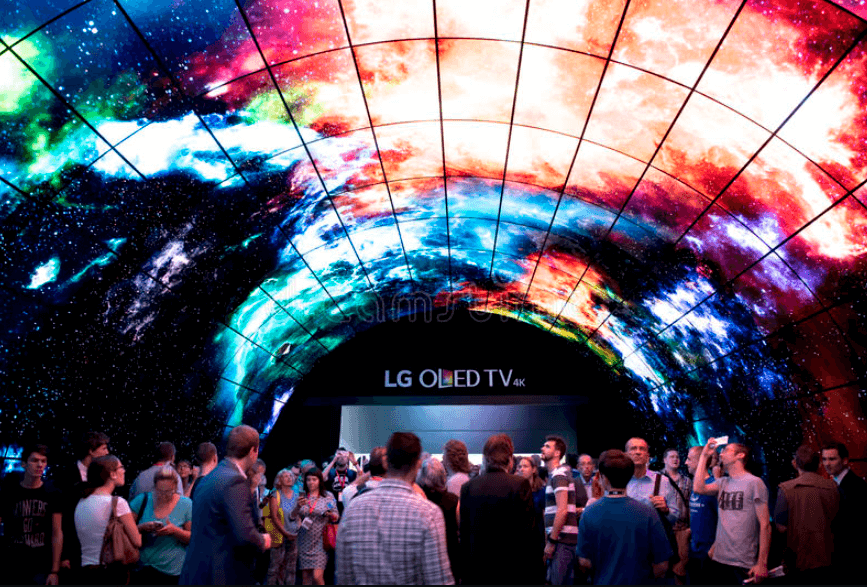5120x1440p 329 oled images when it comes to displays, more pixels always equal better graphics. But what about resolutions beyond 1080p? What about displays that are 5120x1440p or even greater? As it turns out, these resolutions can be quite taxing on your computer, and may not be the best option for your graphics. In this blog post, we will explore three things everyone knows about 5120x1440p 329 OLED images that you don’t. We will also discuss how to improve your graphics performance when using displays of this resolution or higher.
What is 5120x1440p 329 oled images?
Apple’s new iMac with Retina 5120x1440p 329 oled images display is the most stunning computer monitor ever created. This high-resolution, ultra-high-definition display has a pixel density of 163 pixels per inch (PPI). That’s five times more pixels than a standard HDTV and 14 times more pixels than a standard eDP display.
So why is this such a big deal? Simply put, 5120x1440P displays offer incredible detail and clarity that can only be reached with an OLED image. What are OLED images? They’re simply electronic pictures that use thin sheets of light to create images on screens.
The advantage of using OLED displays is that they offer incredibly deep blacks and rich colors. So even if you don’t have access to natural sunlight, you can still enjoy the vivid colors and sharp details of an OLED monitor.
What are the benefits of OLEDs?
There are many benefits to OLEDs, which include:
-They offer greater contrast and brightness than traditional LCDs.
-They have a lifespan of around 10 years, which is longer than most other display technologies.
-They consume less power than other display technologies.
How can you use OLEDs in your work?
There are many ways that OLEDs can be used in the workplace. Some common applications include displays for devices like smartwatches and smartphones, information screens in factories and offices, or even a replacement for traditional light bulbs. Here are nine things you may not know about OLEDs:
1. OLEDs are thinner and lighter than other types of displays. This makes them ideal for devices that need to be thin and light, like smartphones and smartwatches.
2. OLEDs have a very high contrast ratio. This means that they can display deep black levels, which is important for images with lots of dark content, like on a screen of a smartphone or watch.
3. OLEDs don’t require a backlight like most other displays do. This saves energy, which is important in devices that use batteries or have long lifespans.
4. OLEDs don’t suffer from image retention or burn-in like some other displays do. This means that an image displayed on an OLED will stay current for longer than on a display made with another type of technology.
5. There are many different kinds of OLEDs, each with its specific features and benefits. You’ll find OLEDs in smartphones and watches, televisions and computer monitors, cars and appliances – virtually everywhere where there’s a need for high-quality images
What are the disadvantages of OLEDs?
There are a few potential disadvantages of OLEDs when compared to other display technologies. For starters, OLEDs are relatively new and still have some reliability issues. Additionally, they are more expensive to produce than other types of displays. Finally, they lack the color gamut and brightness of some other display technologies.
Conclusion
We hope that this article has enlightened you on some of the lesser-known facts about 5120X1440P 329 OLED images. Whether you are a content creator, business owner, or just someone who wants to know more about the latest technology, hopefully, we have provided some useful information. We would love to hear your thoughts and feedback in the comments below!







